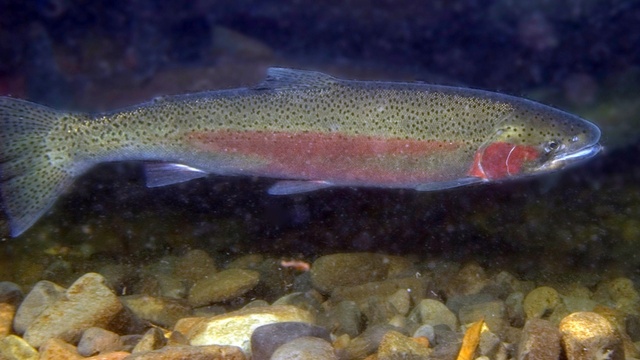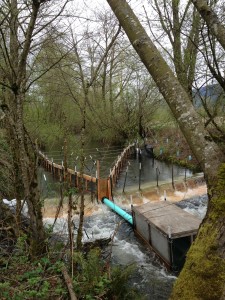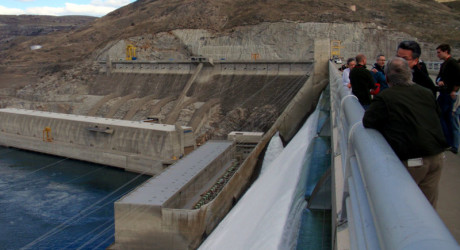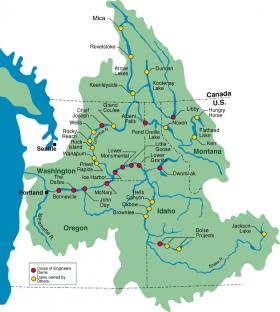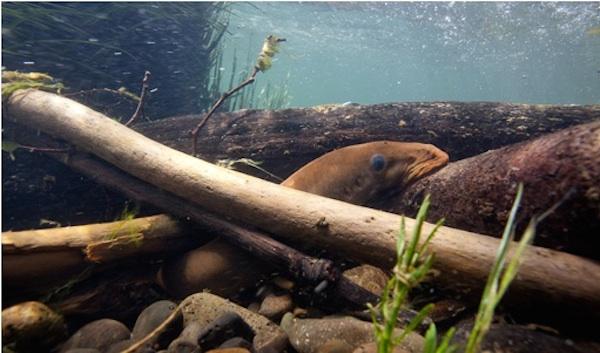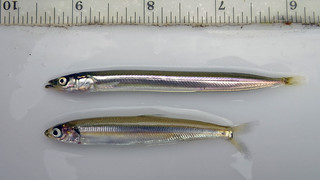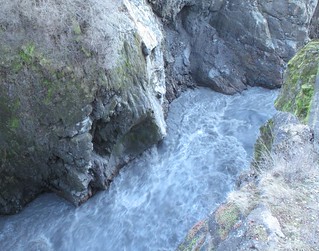The National Oceanic and Atmospheric Administration has withdrawn its draft environmental impact statement on Puget Sound salmon and steelhead hatcheries.
The draft was in preparation of a full review of all 133 hatchery genetic management plans into one EIS.
Reviews will now proceed on a smaller scale with individual or watershed-level plans, according to NOAA’s March 26 announcement.
NOAA West Coast Region fisheries manager Rob Jones said the withdrawal will allow the federal agency to move through the review process more quickly.
“We can move ahead right now with review and approvals as the plans come in the door,” he said. “What we’re going to do is take advantage of all the work that was done — to get to a draft EIS — and then we’re going to put that to use as we receive updated plans from the state and tribes.”
The review is needed to ensure compliance with the Endangered Species Act. Steelhead and chinook salmon are listed as threatened under the act, meaning they are at risk of becoming endangered.
The National Environmental Policy Act requires NOAA’s National Marine Fisheries Service to assess the impacts of the hatchery genetic management plans through an environmental review. Part of the review process is deciding whether an EIS is necessary.
“We think this is a better and faster way to comply with the Endangered Species Act and National Environmental Policy Act,” Jones said. “We’re working on (updated plans) as they come in the door instead of waiting to do all 100 or so at the same time. That means decisions are going to start rolling out the door this spring.”
Three hatcheries operate in the Skagit River system — the Marblemount, Upper Skagit and Baker Lake. Six hatchery programs run out of those facilities contribute to chinook, coho, chum and sockeye runs.
Five of the six programs were submitted to NOAA for review a decade ago, but were held back while the federal agency waited to have all 133 plans in hand, Jones said. By the time NOAA was prepared to proceed, a lot had changed in the way hatcheries are managed.
The plans need to be updated to reflect the 2007 listing of Puget Sound steelhead under the ESA, new scientific information and the closure of some facilities.
State and tribal representatives say NOAA’s review is important to ensure hatcheries are not at risk of litigation, as in the case of last year’s lawsuit by the Wild Fish Conservancy, which resulted in a 12-year closure of the Skagit River’s winter steelhead program.
Area tribes support the federal agency’s decision to withdraw the draft study.
“NOAA fisheries determined, and tribes agree, that a watershed-specific approach would be a more effective approach to focus and assess the potential environmental effects of hatchery programs,” Northwest Indian Fisheries Commission spokeswoman Kari Neumeyer said in an email.
Swinomish Indian Tribal Community fisheries manager Lorraine Loomis, who is chair of the commission, agrees.
“Many of these hatchery programs are critically important to maintaining treaty-protected fishing rights,” Loomis said in a prepared statement. “We are quickly approaching a crisis in the Pacific Northwest as salmon runs and their habitat continue to decline. It is important that NOAA is provided the resources to complete its statutory responsibilities under the ESA (Endangered Species Act) as quickly as possible.”
Though NOAA had already started its review of the state’s hatcheries, Sen. Kirk Pearson, R-Monroe, introduced in the state Legislature this year Joint Memorial Bill 8007, which calls on the federal government to review Puget Sound hatchery genetic management plans to avoid lawsuits.
Pearson also sees the withdrawal as a step in the right direction.
“NOAA knows that the joint memorial (Bill 8007) is coming, and this is helping put pressure on them to get our hatcheries certified. I’m very pleased to see some movement on this front and I hope all of our hatcheries can get certified soon,” he said in an email.
The state Department of Fish and Wildlife and Puget Sound treaty tribes co-manage all but one of the region’s hatcheries. The only one not co-managed by the state and tribes is operated by the U.S. Fish and Wildlife Service.
Hatcheries are a tool to help provide fish for harvest, but should be managed with consideration for threatened or endangered species, according to the fisheries service.


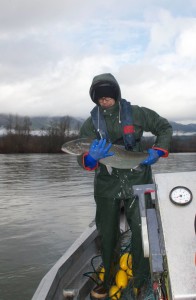



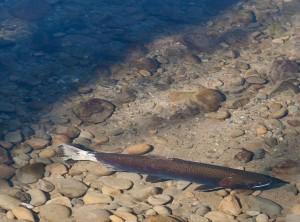 Apr 7th, 2014
Apr 7th, 2014
